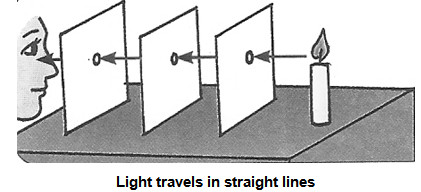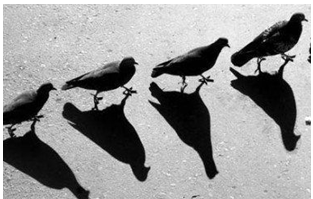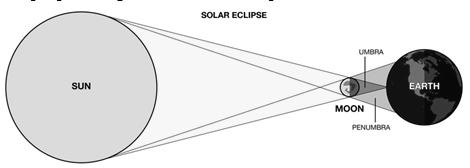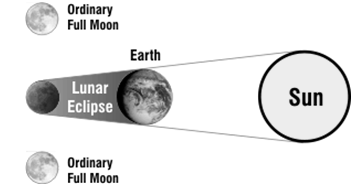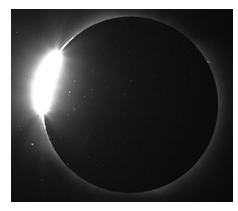Nature of Objects
Light - Shadows and Refraction of Class 6
Nature of Objects
(a) Luminous/Non–Luminous Objects
On the basis of their own are called luminous objects, such as the Sun, the stars, a candle an oil lamp etc.
Non luminous Objects: Most the objects around us are not a sources of light, but become visible when illuminated by a illuminated by the Sun, hence the moon is a non–luminous body. The moon is visible to us because of the Sun’s rays which strike on its surface and bounce off towards the earth.
(b) Transparent/ Translucent/ Opaque objects:
When light falls on objects, it may or may not pass through the object. Depending on this nature, objects are classified as:
Transparent objects: An objects through which light can pass easily is known as transparent. Glass, water, air easily is known as transparent. Glass, water, air, cellophane paper etc are examples of transparent objects.
Translucent objects: An object through which light can pass partially, but we cannot see through it clearly. Is translucent, like frosted glass, wax paper, etc. This is because translucent object absorb light partially and scatter the remaining light.
Opaque objects: Objects which do not allow light to pass through them are called Opaque. For example, a cardboard piece or this book for that matter. The light falling on this object is scattered completely.
Rectilinear motion of light
When you shine a torch in the dark, light appears to go straight outwards. The light from the cinema projector also appears to take a straight path to the screen. These observations show that light travels in straight lines.
This property of light of travelling in straight lines is called rectilinear propagation of light.
Rays And Beams
A very narrow path of light represented by a line with an arrowhead showing the direction in which it is travelling is called a ray of light.
A beam of light is broader and consists of several rays. The rays can be parallel to each other. If a very small source of light is used, the rays will go outwards in all directions.
Shadows
When a beam of light falls on an opaque object the light rays which strike the object are stopped, while those rays which pass along the edges continue on their way. A region without light is formed behind the object. This region is called a shadow.
Shadow are formed when an opaque object is placed in the path of the light beam. Since light only travels in a straight line, the opaque object cuts off the light from the source, resulting in formation of the shadow. Solar and lunar eclipses are examples of shadows.
Eclipses
The sun is a source of light but the earth and moon are not. When sunlight falls on the earth or the Moon, do they also cast shadow? Can we see these shadows?
Solar Eclipse
When the sun, the moon and the earth come in a straight line, with the moon in the middle, the shadow of the moon may fall on some portions of the earth. The sun is not visible from these portions of Earth and people living there see a solar eclipse.
In the region C, the Sun will be blocked totally at these places and a total solar eclipse can be seen. In the rest of the region between A and B the Sun will b e particle blocked by the moon and a particle solar eclipse can be seen.
Notice that during a solar, the dark side of the moon faces the earth. Therefore a solar eclipse will always take place on a new moon day.
Lunar Eclipse
In a lunar eclipse, the shadow of the earth falls on the moon. When the sun, the earth and the moon come in a straight line, with the earth in the middle, the shadow of the earth falls on the moon.
When the moon is in position A, no light from the sun falls on it and the moon becomes invisible and we observe a total lunar ellipse. In position B a occurs on a full moon day.
During a total solar eclipse, a bright ring, called the diamond rings appears in the sky for a very short period, it is a spectacular view. It was observed in several parts of India during the total solar eclipse of 24 October 1995.
